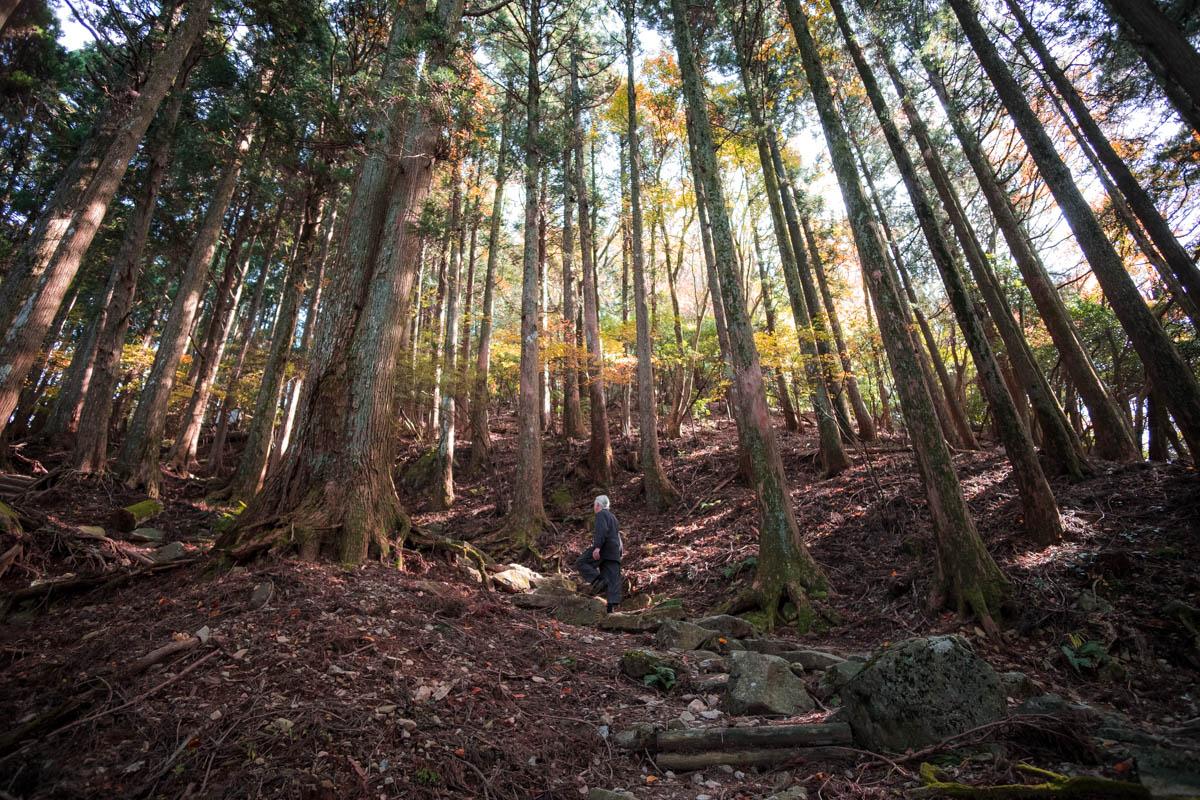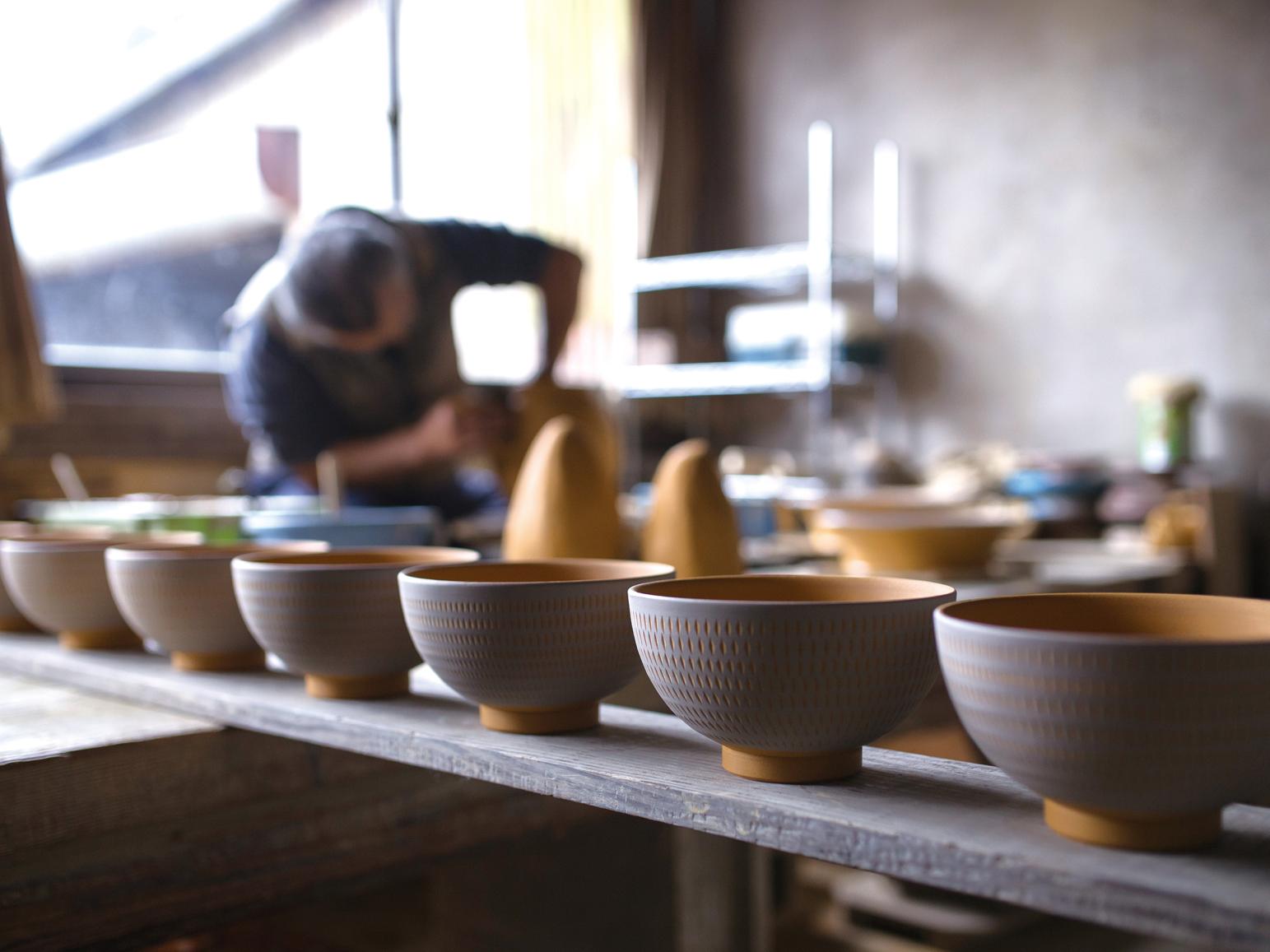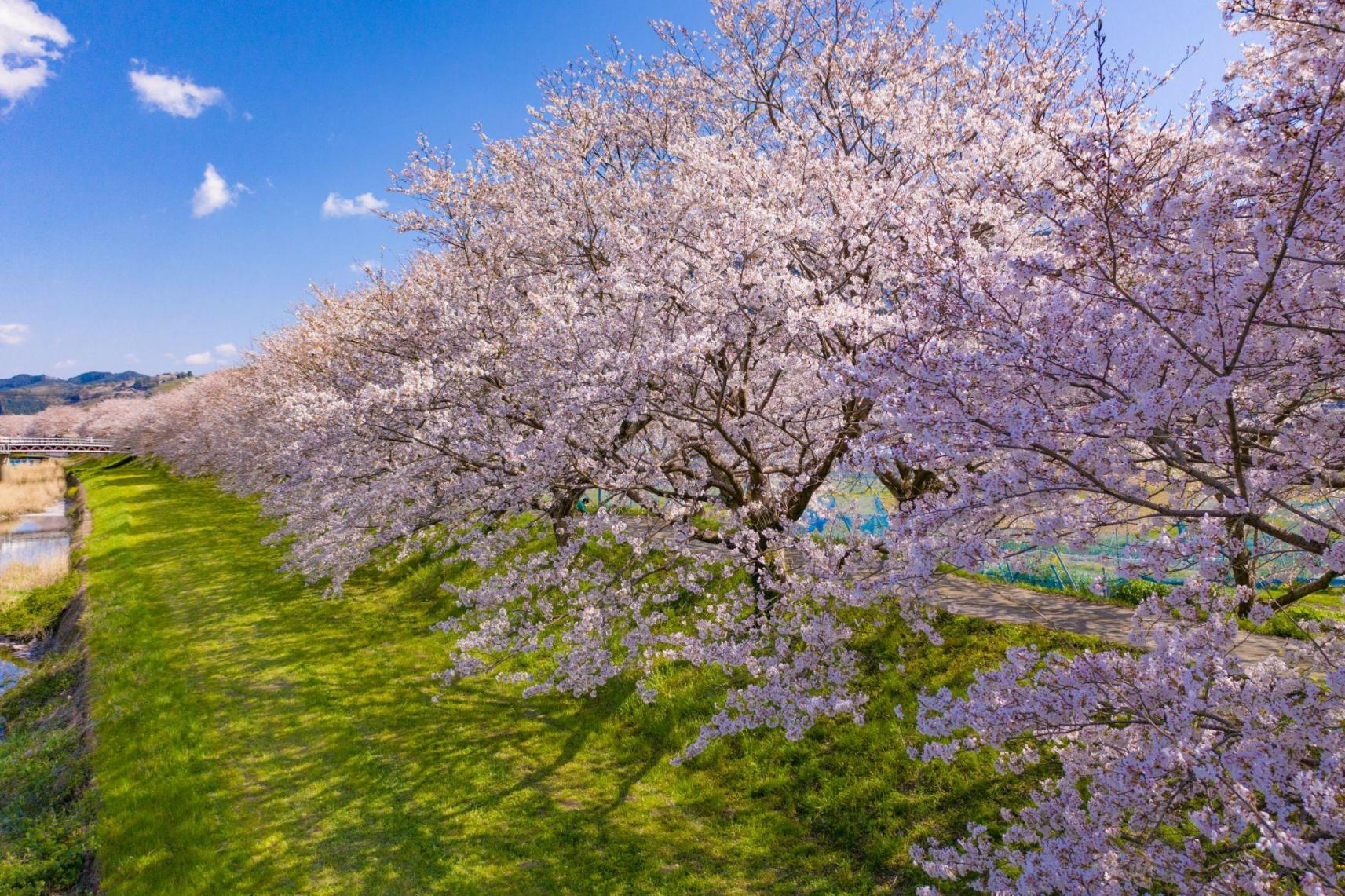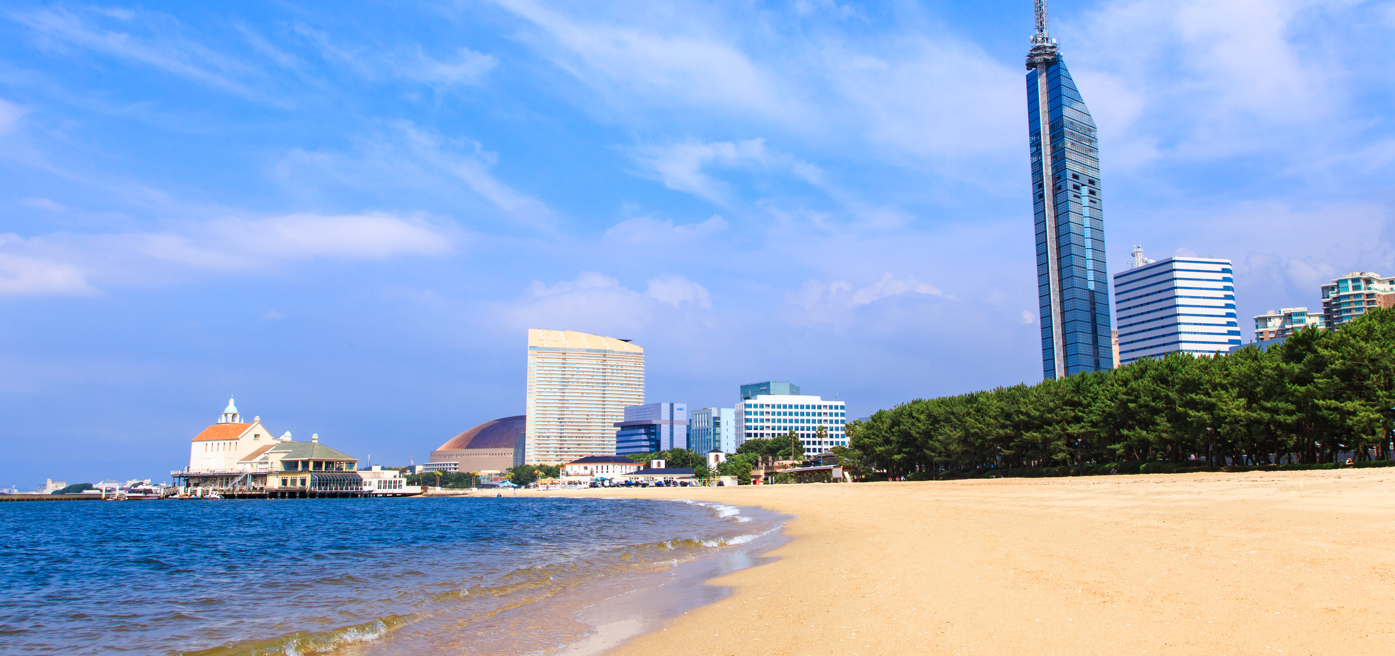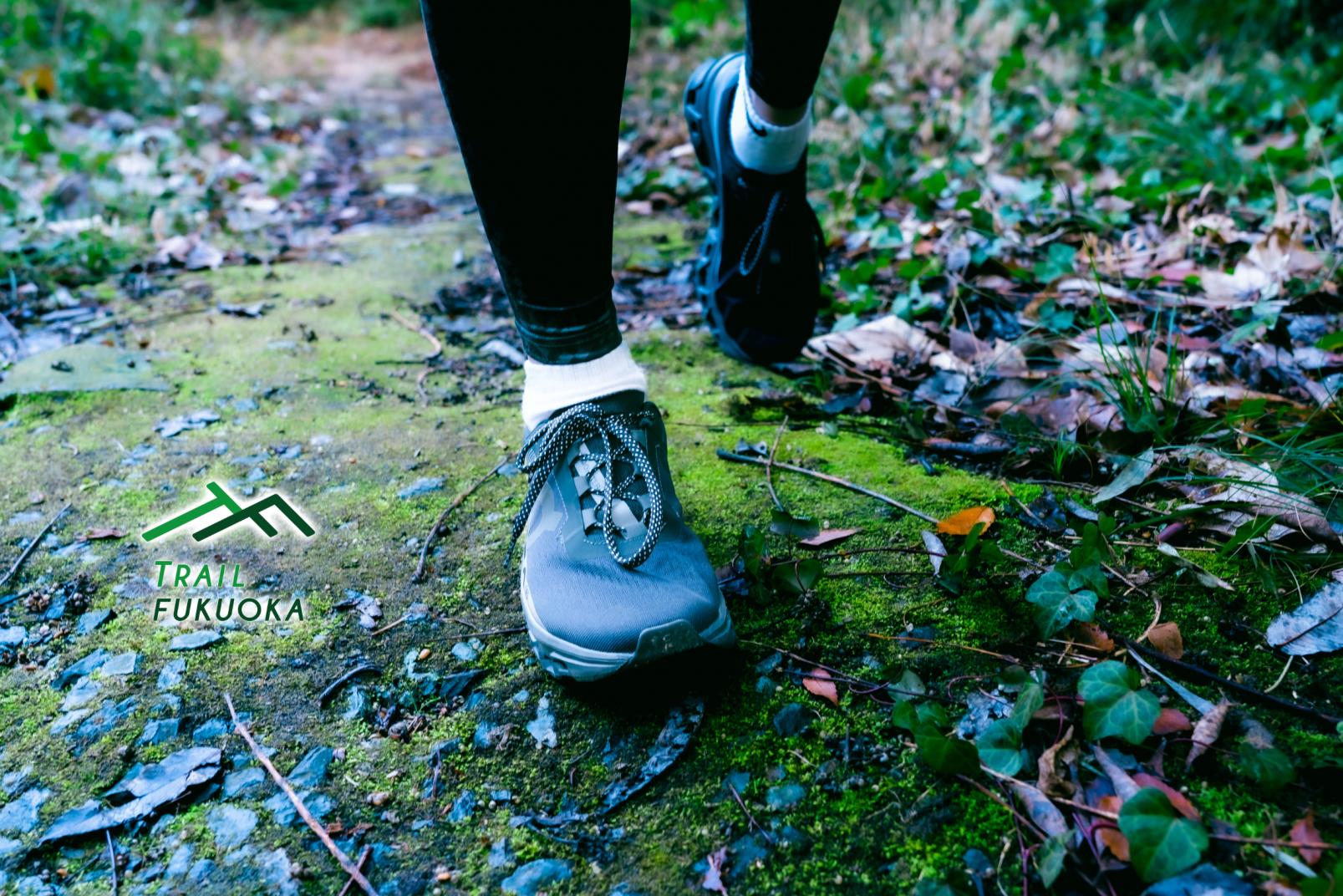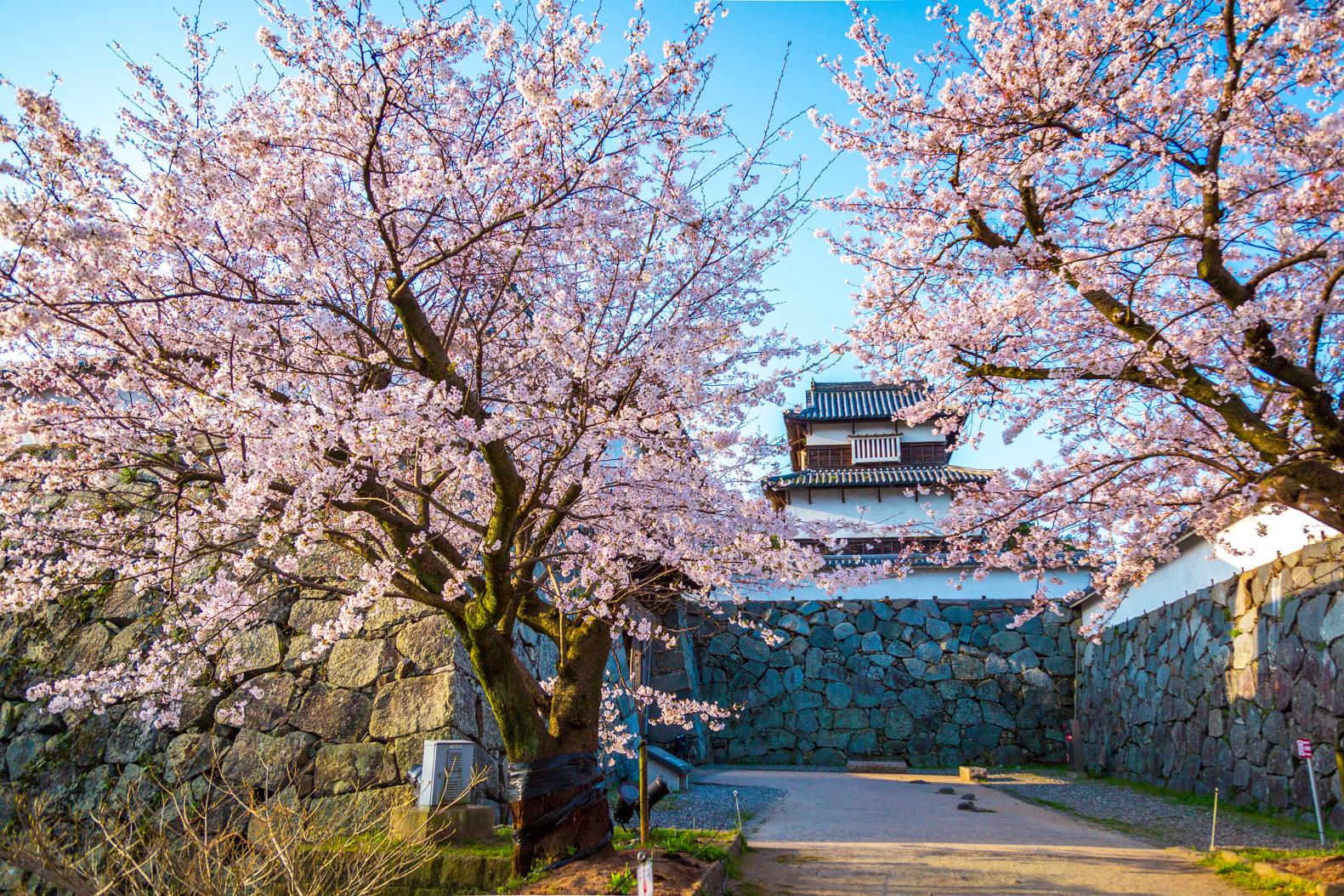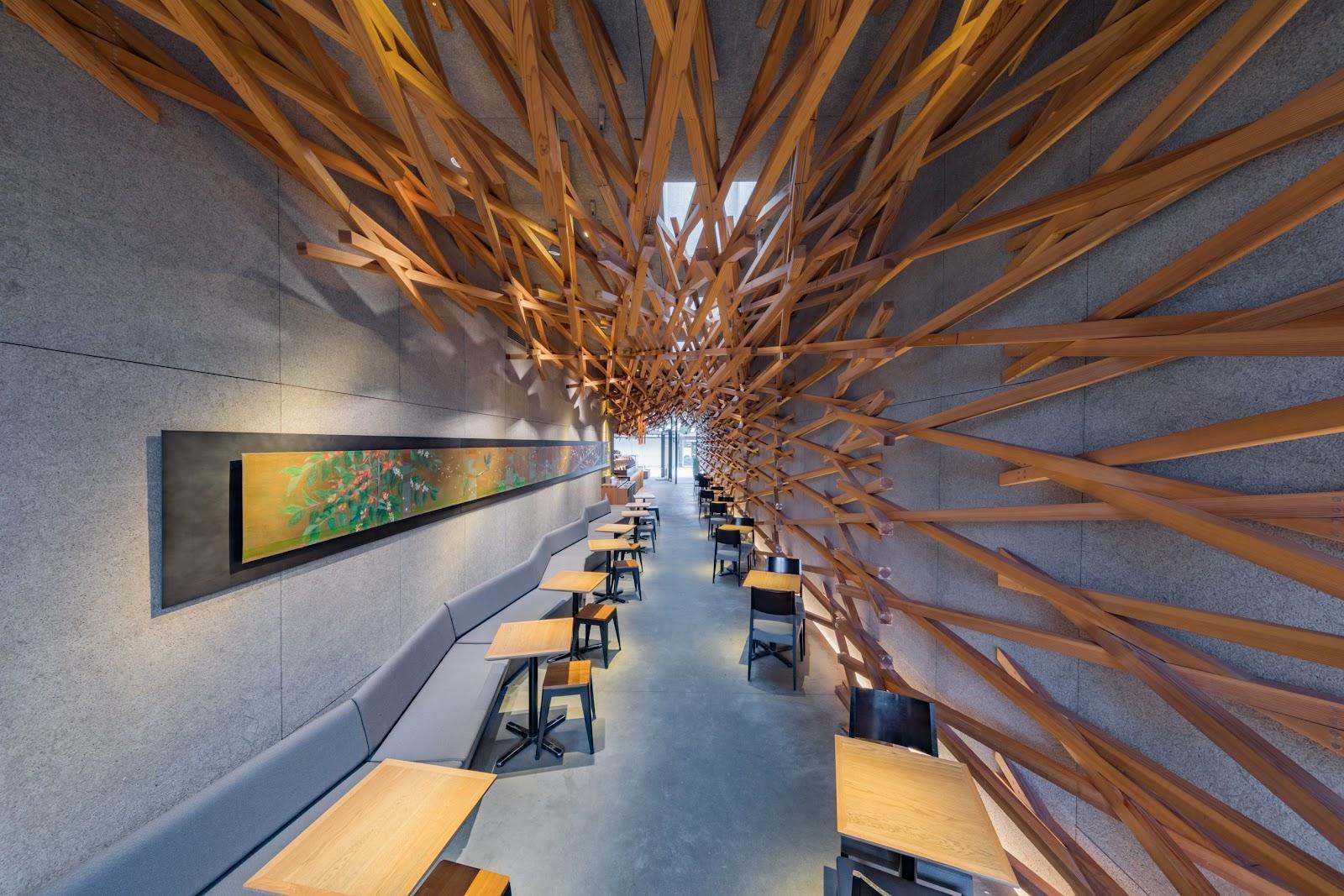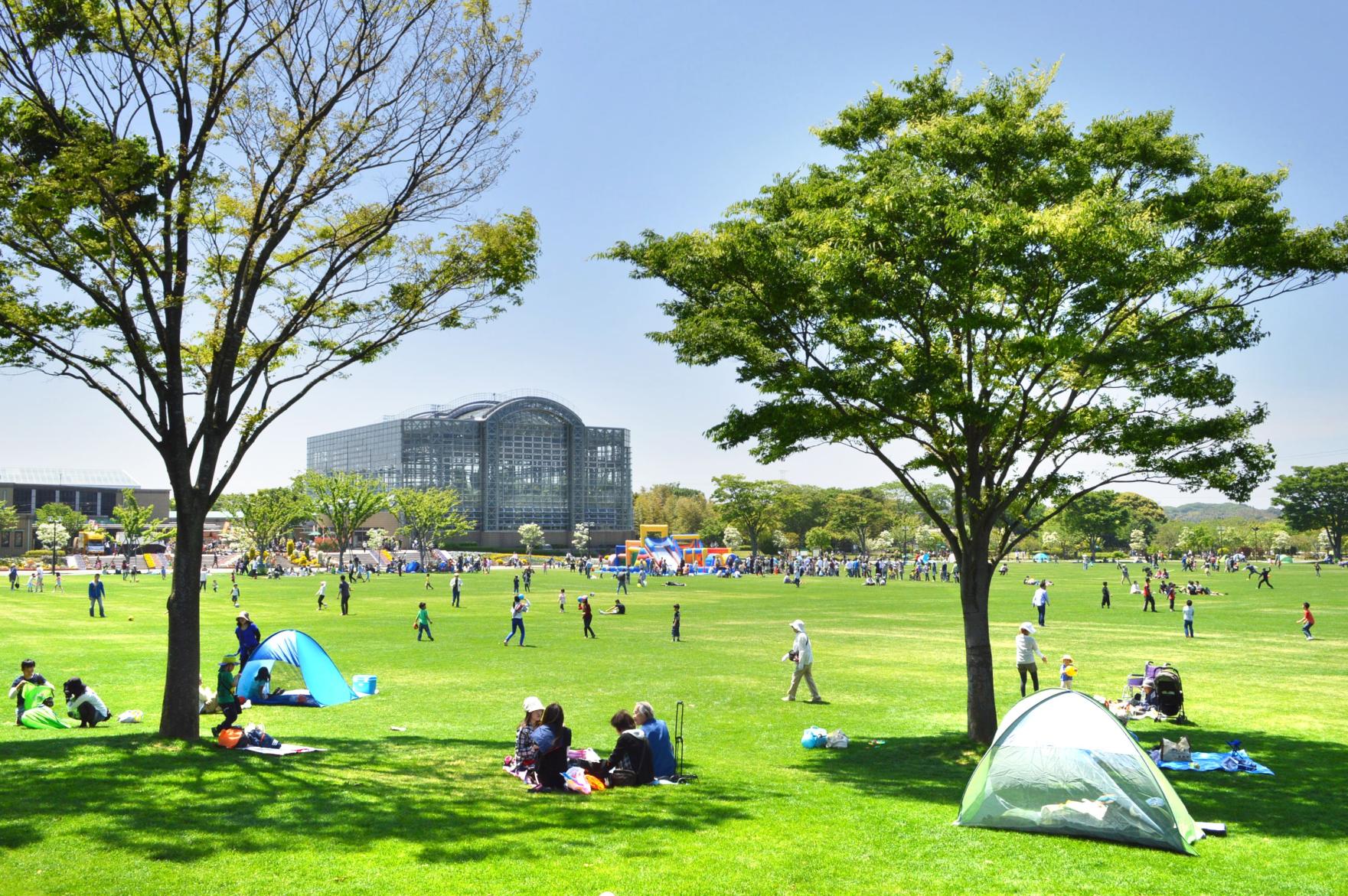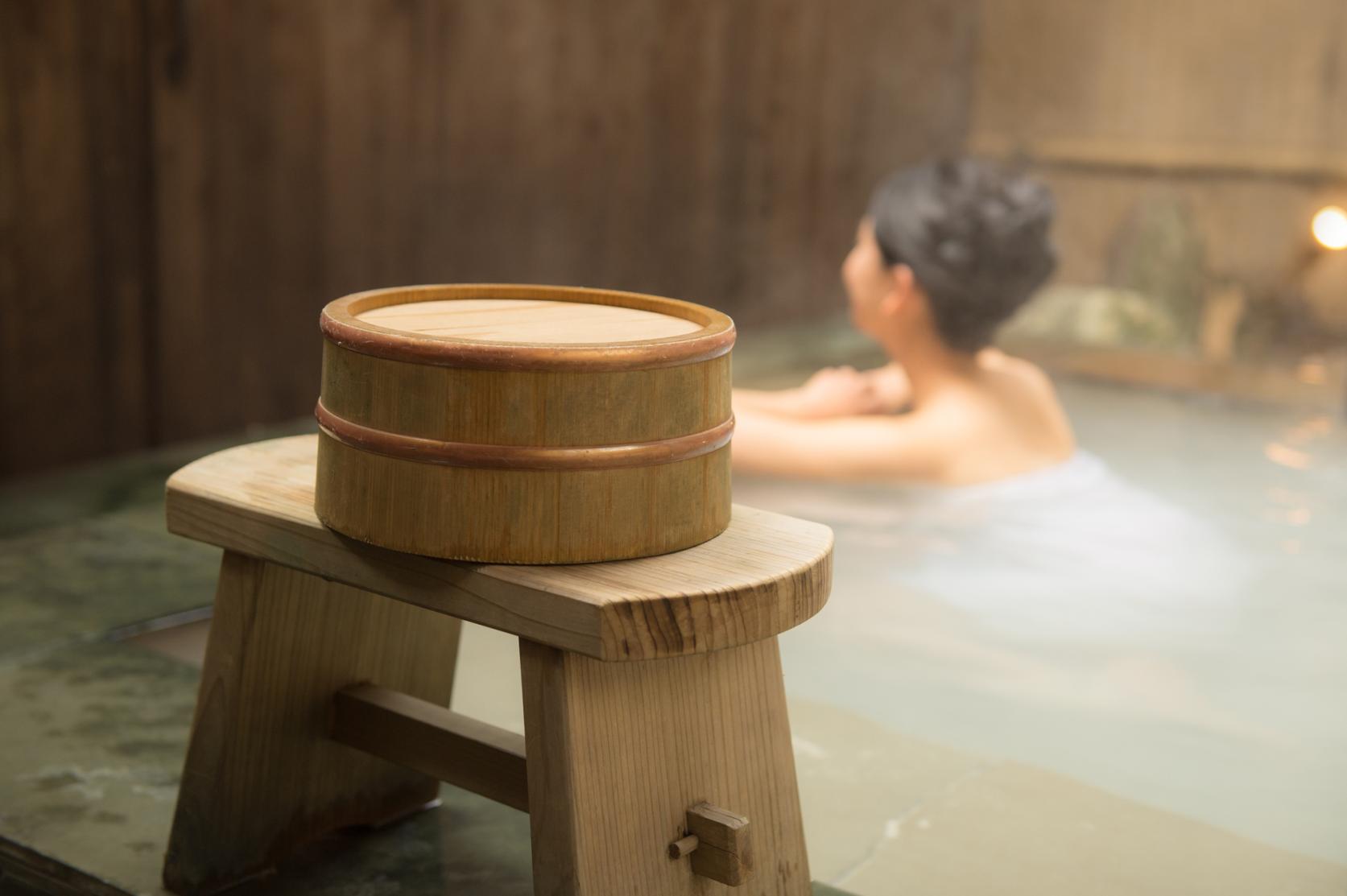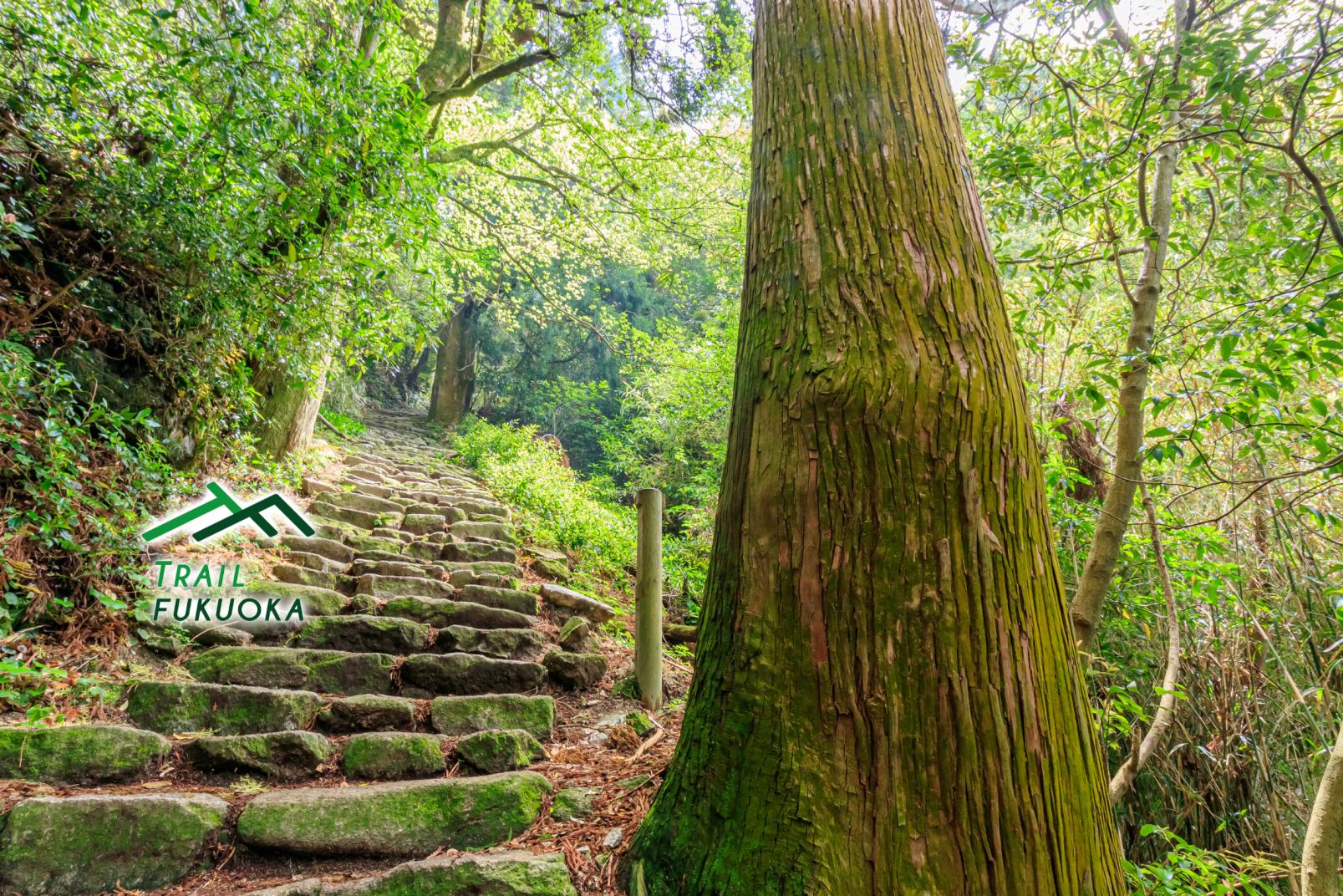
Mt.Homan
Name of route: Front mountain trail - Mt.Homan
The trailhead is near Kamado Shrine. If using public transport, travel to Dazaifu Station on the Nishitetsu Railway, then catch the Dazaifu City Community Bus "Mahoroba" to Uchiyama on the Uchiyama Route, alighting at the last stop.
Follow the path through the woods from Kamado Shrine to the torii gate as signposted. After passing through ichi no torii (the first torii gate) you will encounter stone steps and the mountain trail proper begins. As you climb past the shrine, the stone steps steepen sharply, so take it easy here. As you pass the ruins of the Yoshida family residence, you will arrive at possibly the most famous sight of Mt. Homan, the "Hundred Steps" (Hyakudan Gangi). Further along the steps flatten out somewhat on the way to Basho's poetry monument, before reaching the remains of the Chugu or middle sanctuary.
At the eighth station there is a fork in the road. Up one path is the steep and treacherous "men's road" to the summit, and up the other is the "women's road" that wends its way to the top via the camp center.
On a massive rock at the top of the mountain sits the upper Kamado Shrine (Jogu, upper sanctuary). It offers a 360-degree panorama starting with the city of Fukuoka and Hakata Bay, right around to Mt. Kosho, Mt. Hiko, the Kuju and Aso mountain ranges, and Mt. Unzen.
Location data
Homangu Kamado Shrine
There is the Jogu (upper sanctuary) at the top of Mt. Homan, the Gegu (lower sanctuary) at the foot of the mountain, and the ruins of the Chugu (middle sanctuary) halfway up are also visible. Kamado Shrine was built in the northeast of Dazaifu at the time of the regional government in the 7th century with the role of protecting against disasters. It is also now known for its main deity, the goddess of love and matchmaking. The grounds of Gegu are a palette of the four seasons, featuring cherry blossoms in spring, rhododendrons in early summer, and colorful foliage in autumn.
■Amenities
Parking: Yes / Toilets: Yes / Water station: Yes / Camping: No
Homangu Jogu
The Jogu at the top of Mt. Homan is built facing the north and surrounded by enormous rocks. Its altitude of 829 meters offers an incredible near-360 degree view to hikers.
■Amenities
Parking: No / Toilets: No / Water station: No / Camping: No
Camp Center
・On weekends and holidays, there is a caretaker (Tel: 092-924-5034). Please tell the caretaker that you will be staying overnight when putting up your tent (tents can be erected between 3:00 pm and 10:00 am the next morning).
・Staying in a tent is free of charge, while staying in a hut costs 500 yen. Please pay the leisure charge (50 yen) if eating on the verandah or in the hut.
・After 10:00 pm is the time for sleep, so please try to be quiet.
・Use gas cookers only. Firewood, bonfires, and fireworks are prohibited.
・Phoebus and oil stoves as well as solid fuels are prohibited on the verandah and in huts.
・Please take away all rubbish from your camp. Do not flush the broth from your noodles or stew down the toilet.
・In principle, pets are prohibited.
■Amenities
Parking: No / Toilets: Yes / Water station: No / Camping: Yes
■Adress
Uchiyama, Dazaifu City
■Telephone Number
092-922-4106(Kamado Shrine)
Sightseeing information
-
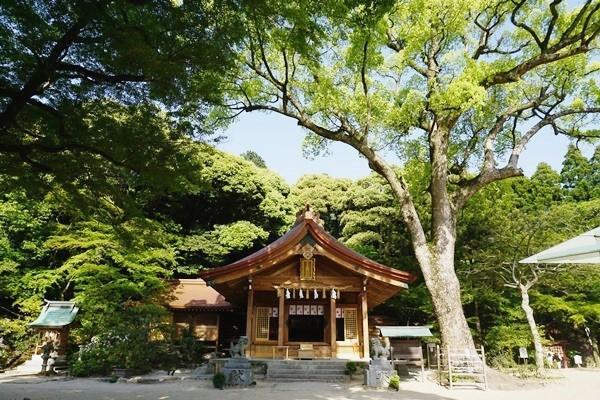
Homangu Kamado Shrine
View moreMany hikers stop to pray for a safe climb at Kamado Shrine (Gegu).
-
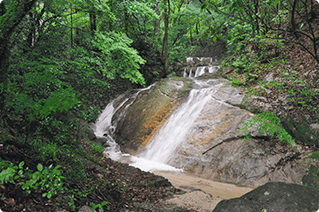
Shioi River, Mt. Homan trailhead
It is said that those climbing Mt. Homan would purify themselves here.
-
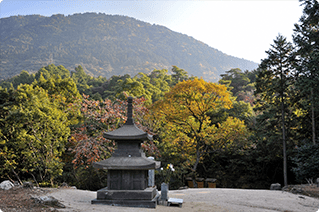
Ruins of Rokusho-hoto pagoda
This is thought to be the ruins of the Chikuzen-ansei-to, which is one of the six pagodas built nationwide to protect ancient Japan. The site has an excellent view of Mt. Homan.
-
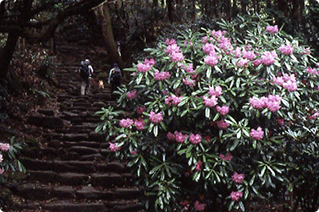
Ichi no torii (second station)
Here are neatly aligned stone steps and rhododendron flowers which reach the peak of their bloom in April.
-
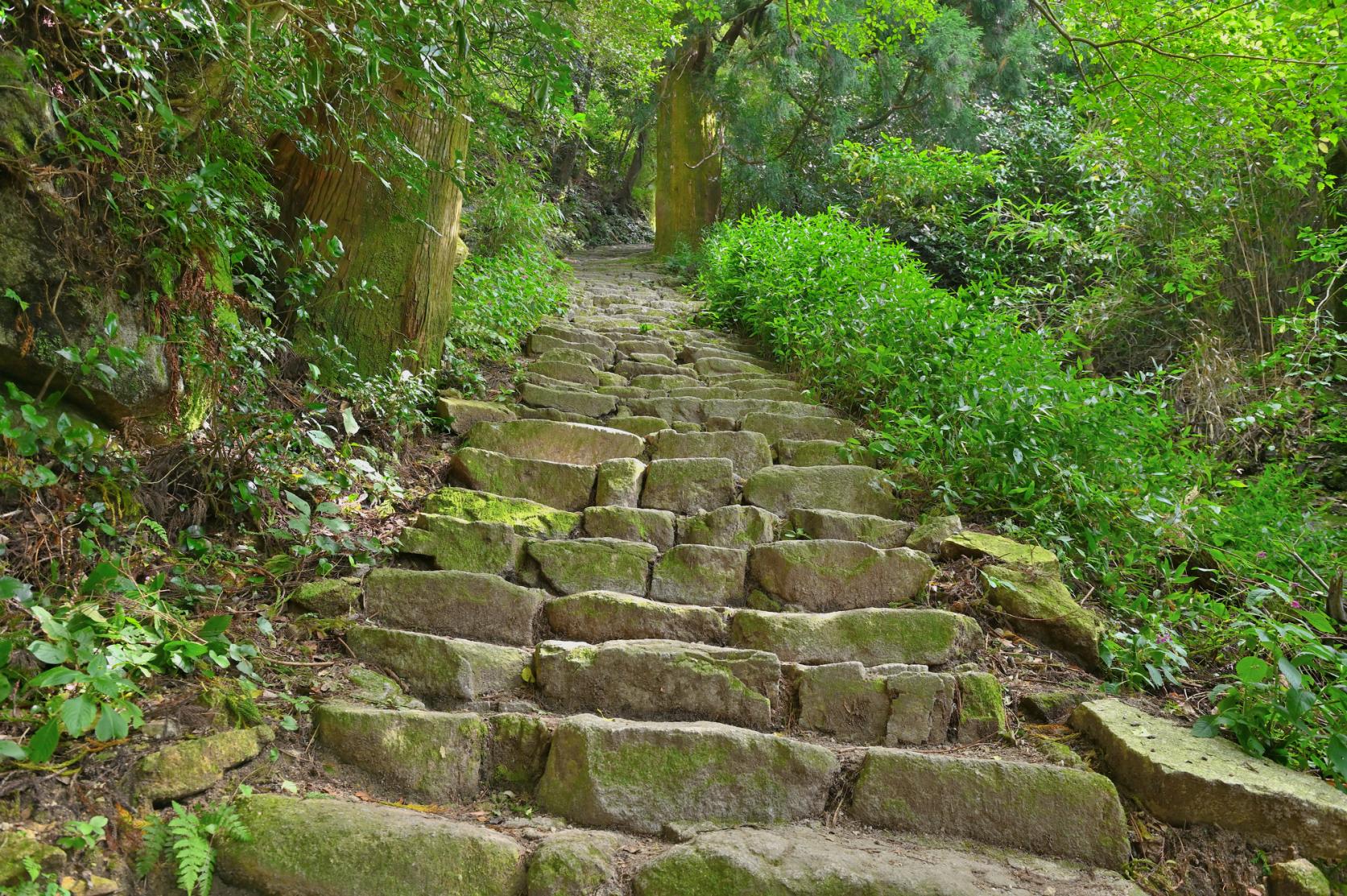
Hyakudan Gangi
A perfectly aligned hundred stone steps. Once you have climbed these, you are near the seventh station.
-
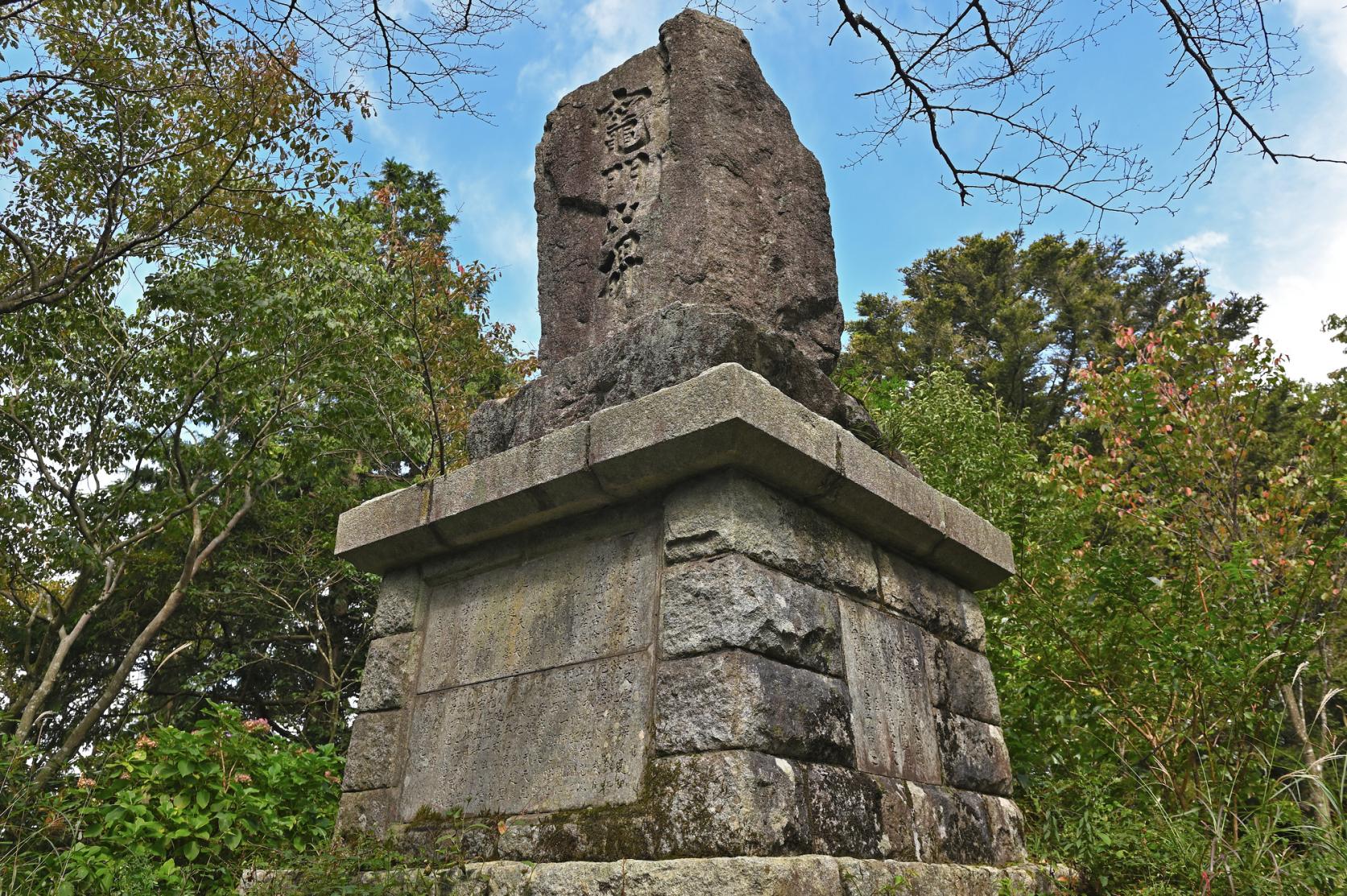
Chugu (seventh station)
The Chugu structure once stood here. Many hikers enjoy the crabapple flowers, which bloom in May.
TRAIL MAP
Google Maps may not display correctly if left open for more than 1 day
- See related websites (Japanese website)
- See more detailed hiking information (YAMAP) (Japanese website)


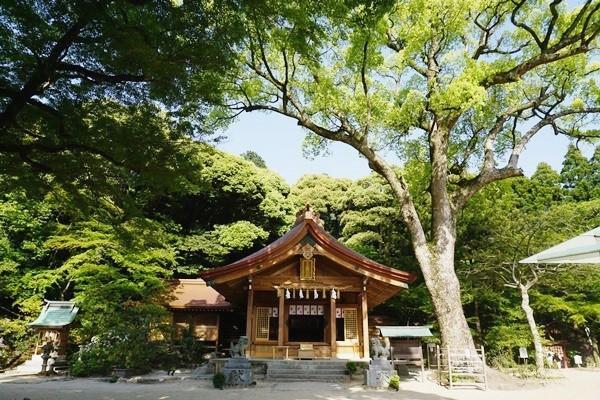
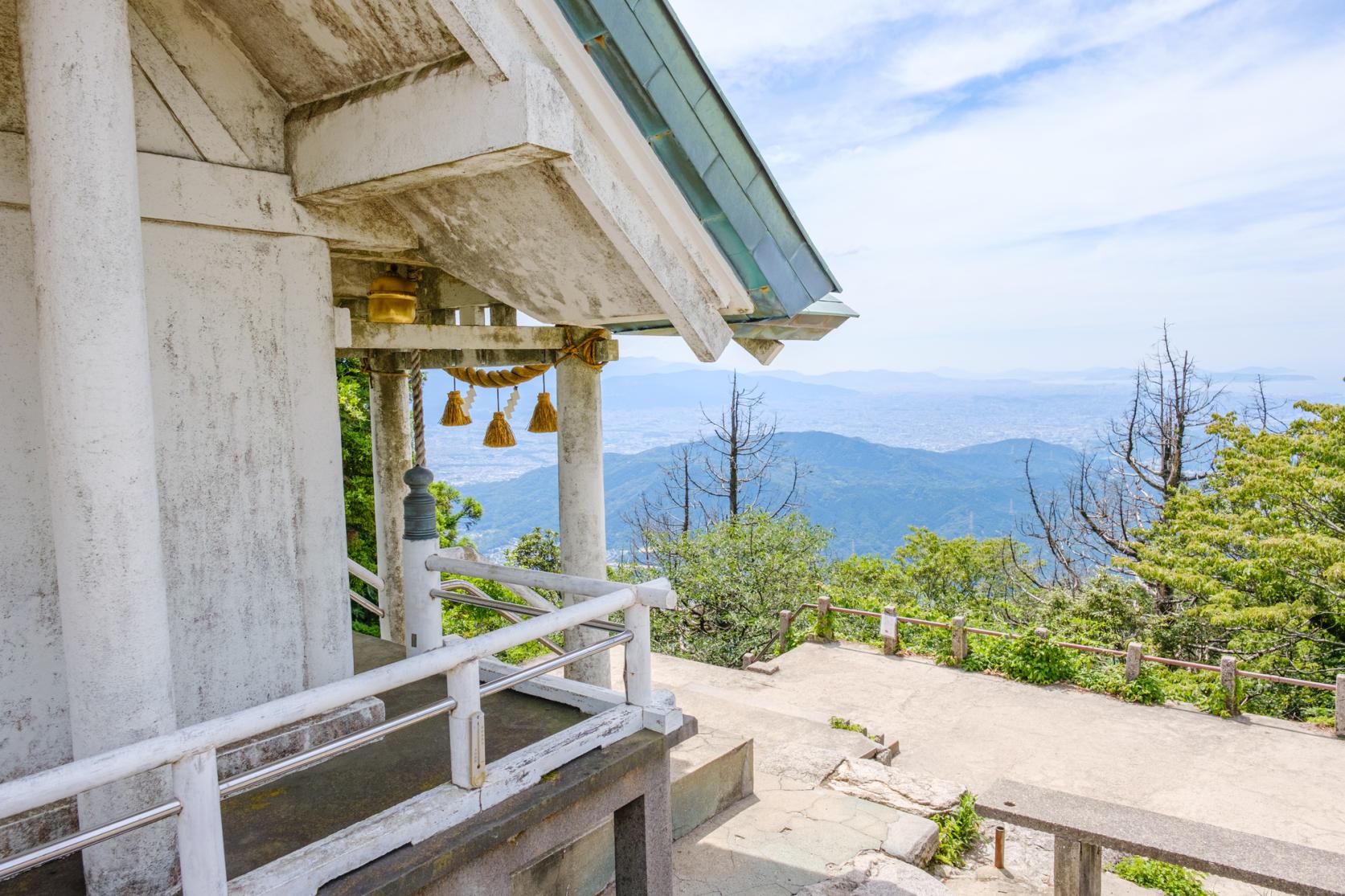

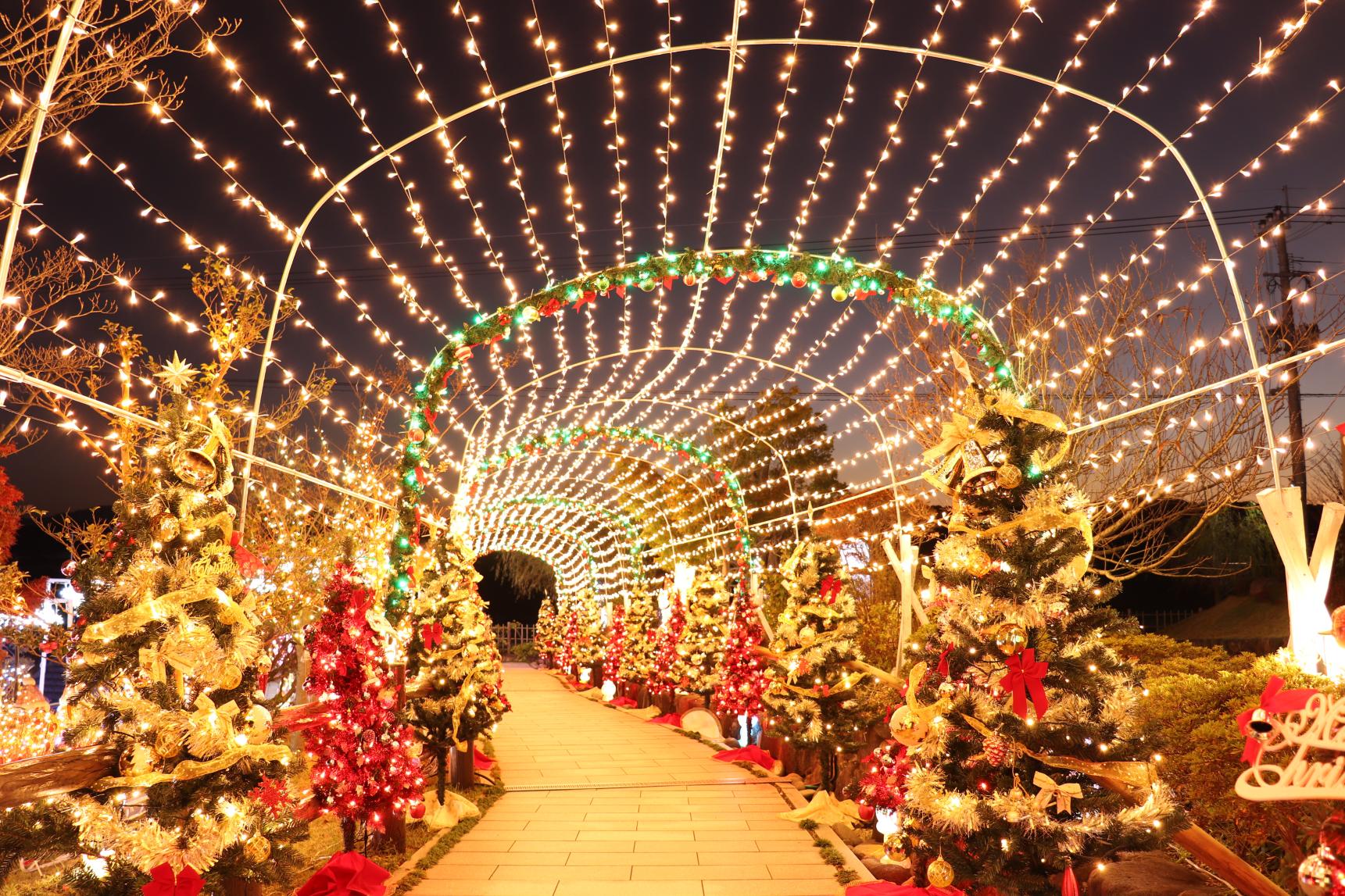
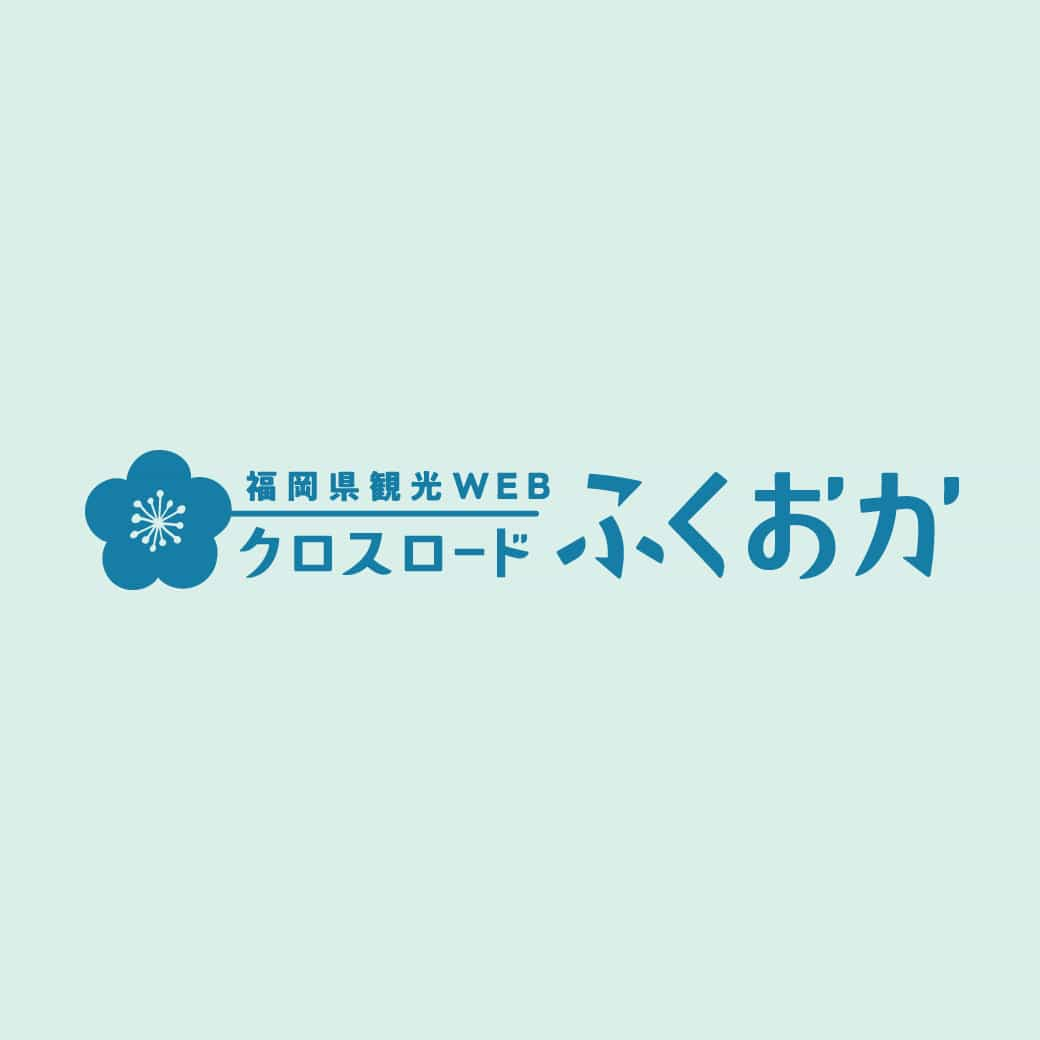
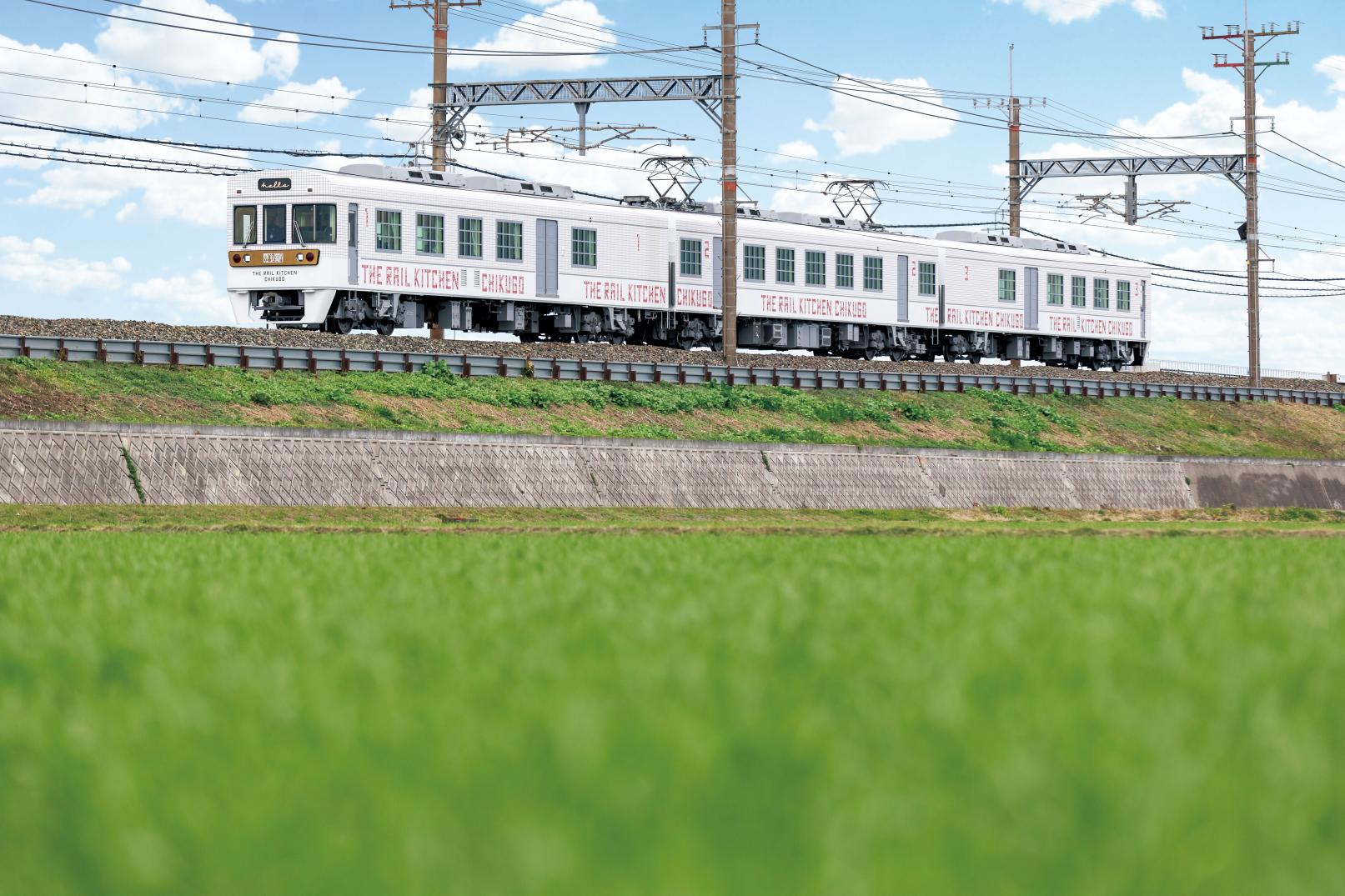

![[2024 Edition] Your Guide to Fukuoka Prefecture's Best Fall Foliage Destinations-1](https://www.crossroadfukuoka.jp/storage/special_features/279/responsive_images/49m7voPHQ1J9tJsmiguwSxPT6qZON51ATRvm5NJK__1673_1115.jpg)
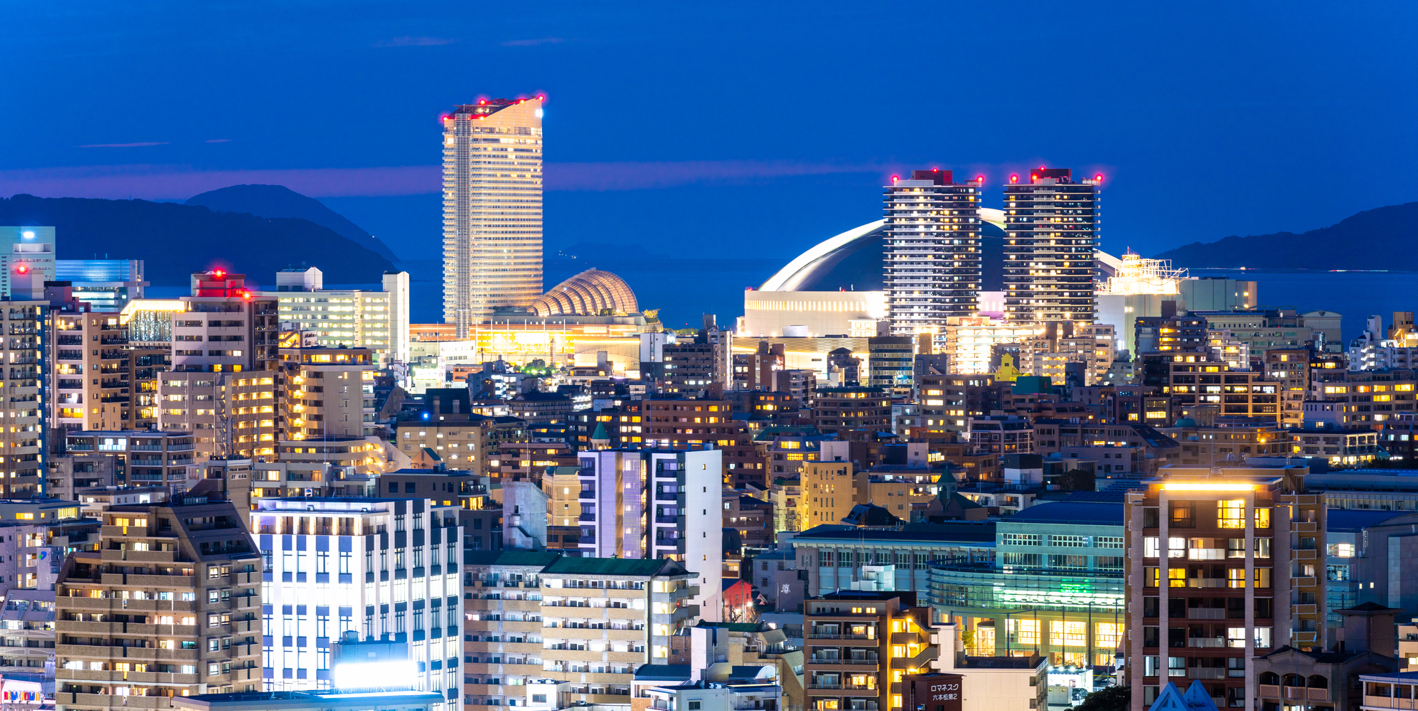
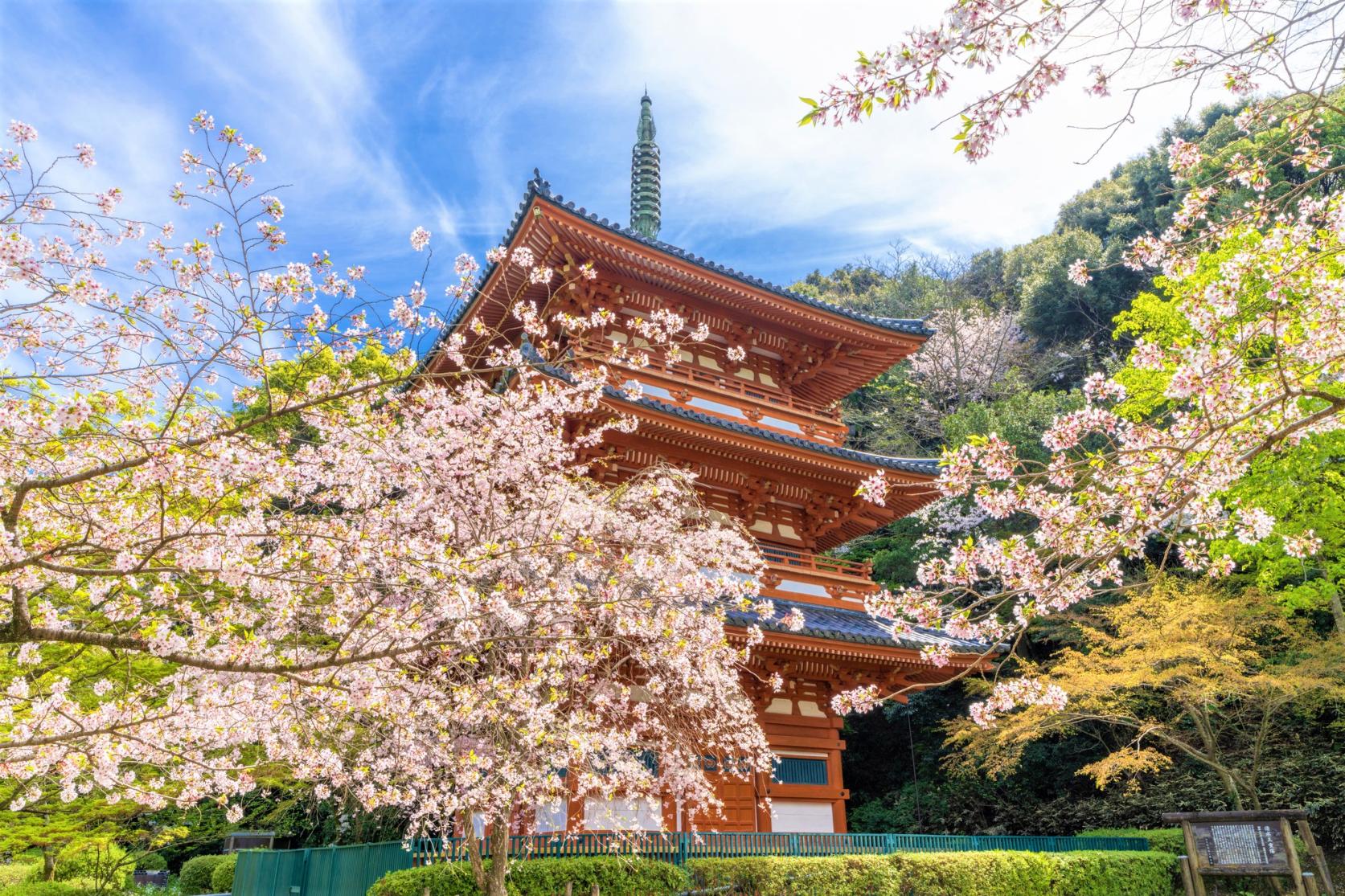
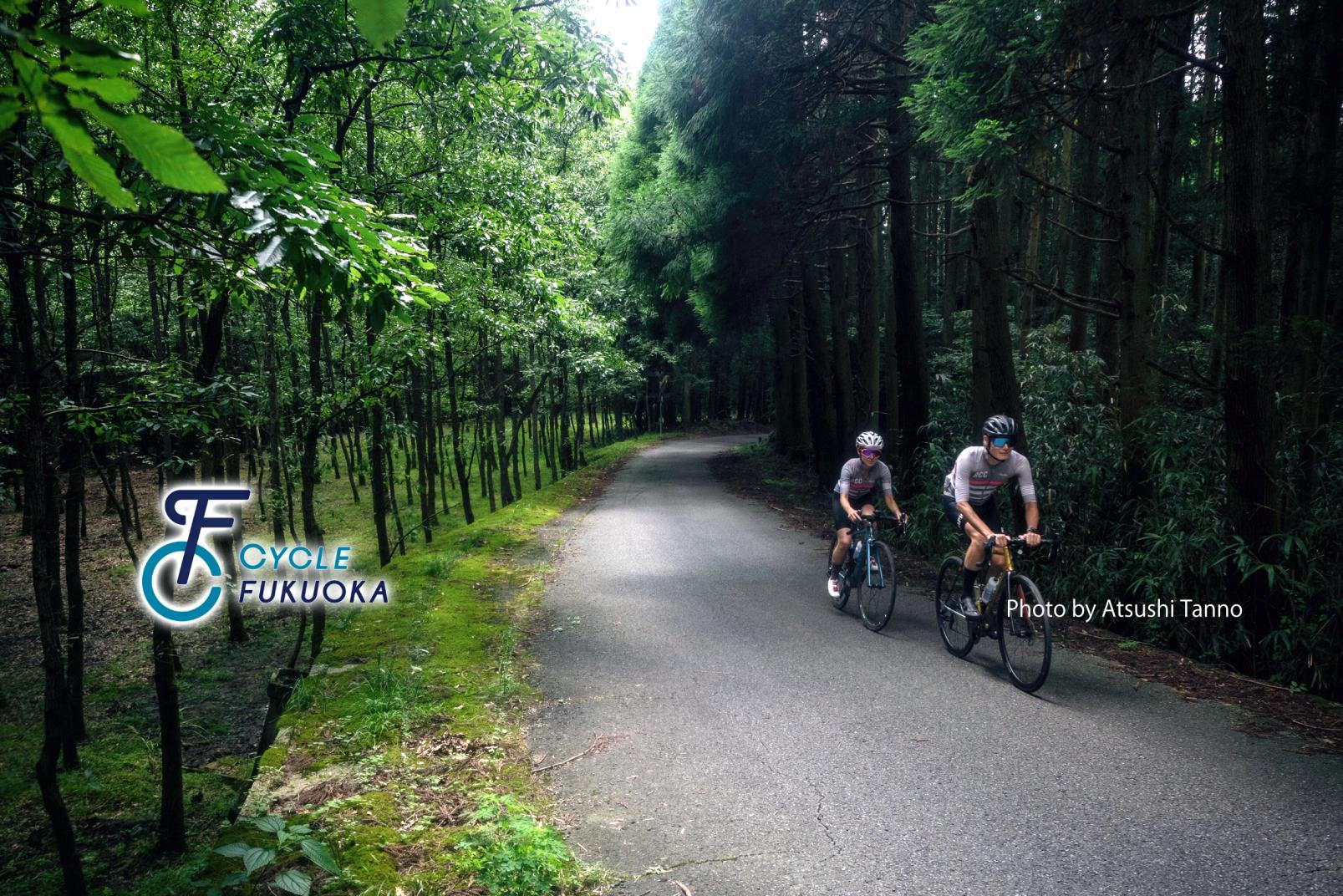
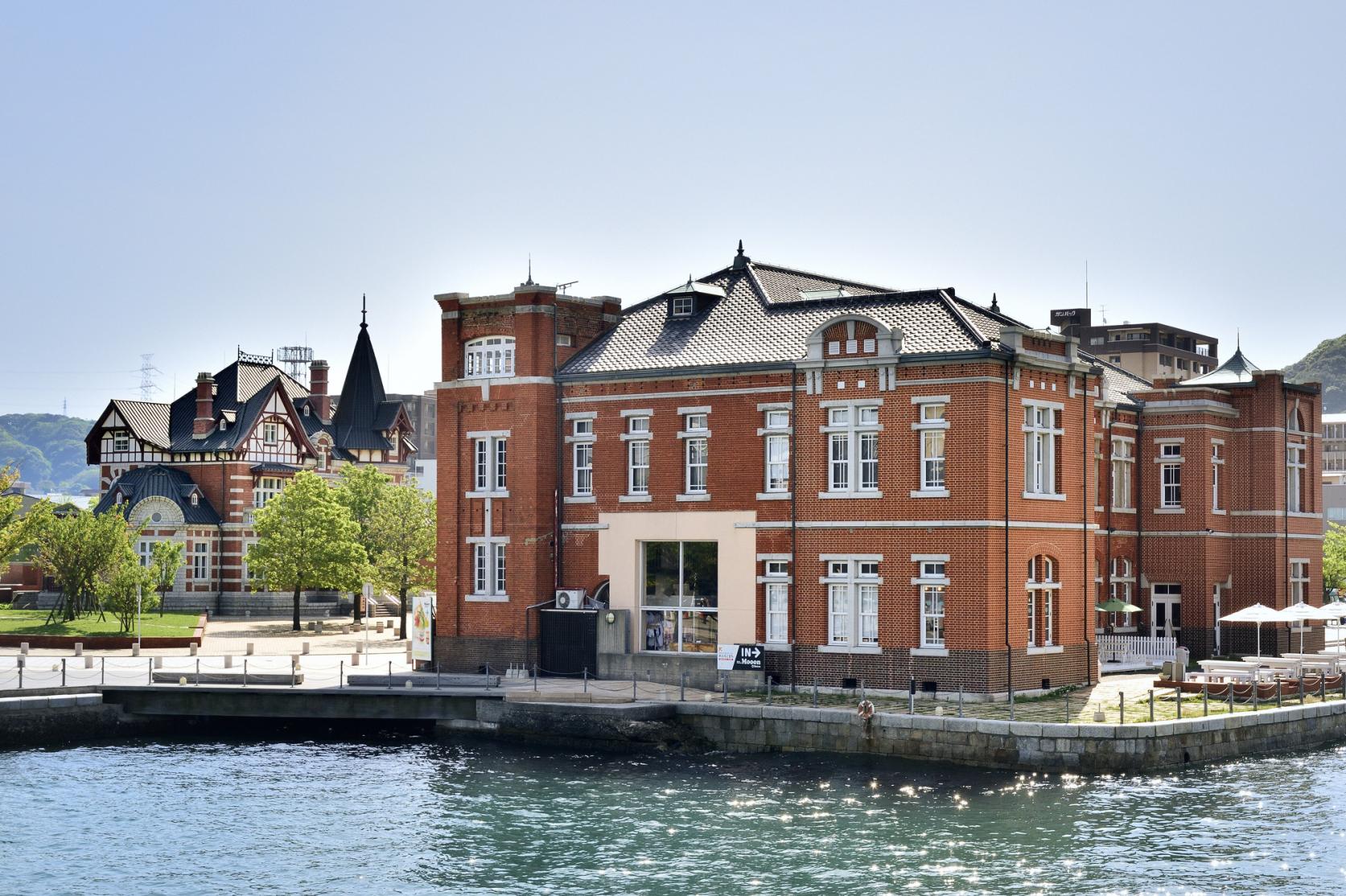
![[2024 Edition] Enjoy the New Year in Fukuoka! Special Feature on First Sunrise and Hatsumode-1](https://www.crossroadfukuoka.jp/storage/special_features/303/responsive_images/WMWmetE3zassCD8JlncouwivzCqCrrAAwwhp5OGF__1669_866.jpg)
